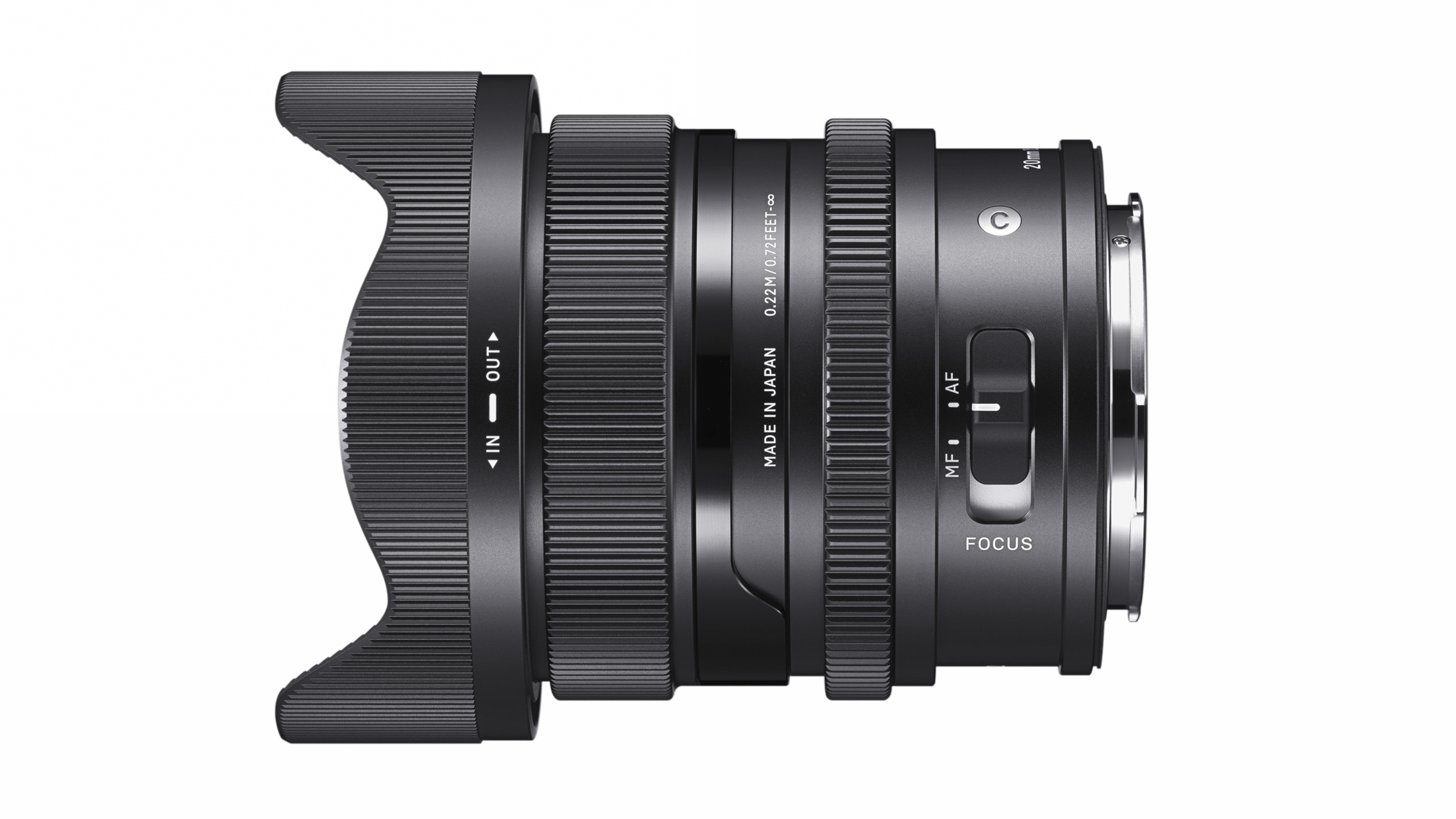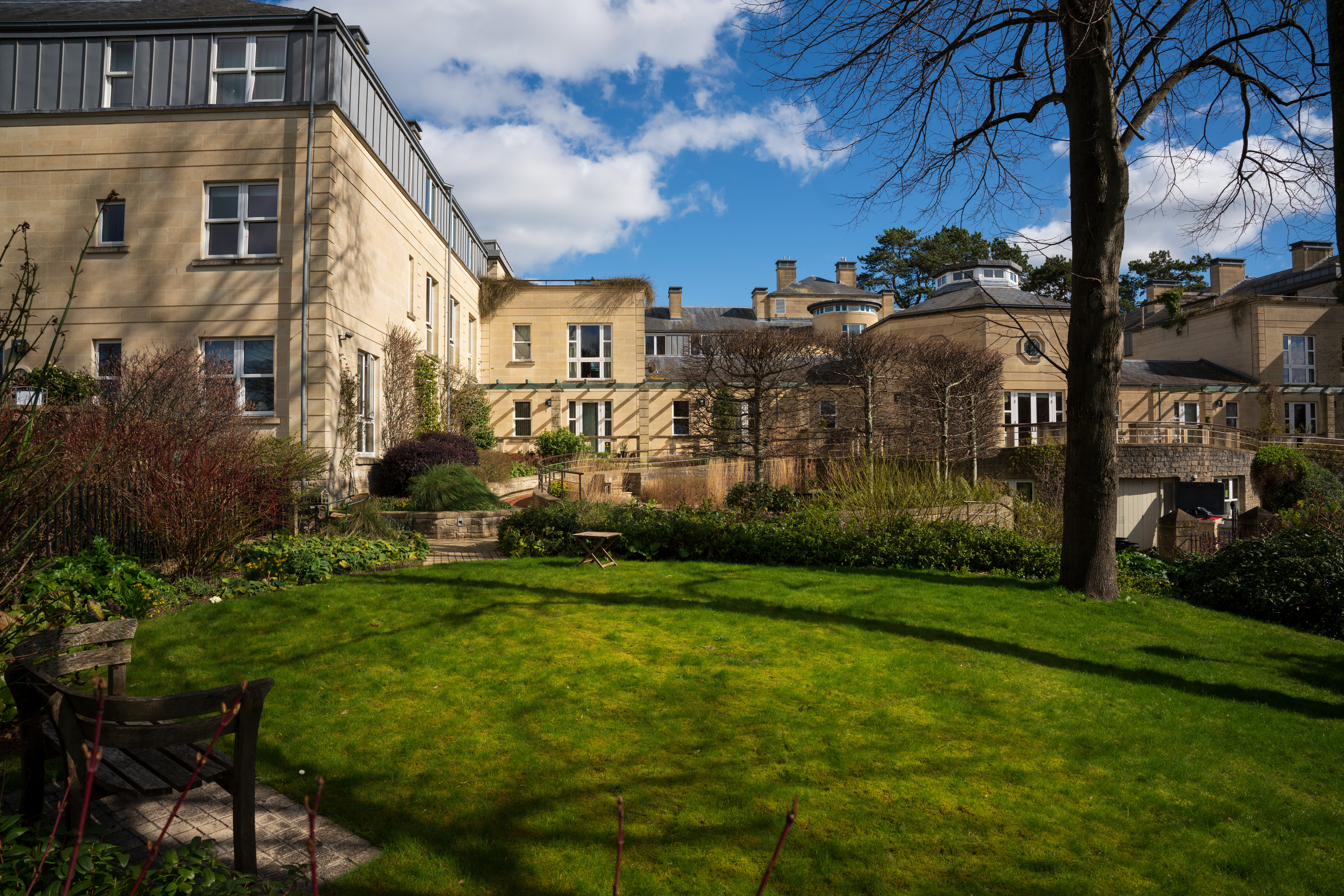Digital Camera World Verdict
The latest in Sigma’s growing range of ‘I-series’ prime lenses for Sony E and Leica L mount mirrorless cameras, this is a typically compact and lightweight lens, despite featuring a robust, full-metal construction and a high-quality optical path. It combines intuitive handling with fast autofocus and impressive image quality, making it an ideal ultra-wide-angle lens for architectural interiors, sweeping landscapes, astrophotography and more besides.
Pros
- +
Compact but sturdy
- +
Metal barrel, hood and cap
- +
Aperture control ring
Cons
- -
No aperture ‘de-click’ facility
- -
Noticeable distortion if uncorrected
- -
No focus distance scale
Why you can trust Digital Camera World
The Sigma 20mm F2 DG DN | C joins a growing range of fairly fast primes for Sony E-mount and Leica L-mount cameras in Sigma’s I-series range, which includes the 35mm F2 DG DN | C and 65mm F2 DG DN | C. There are also 24mm F2 and 45mm F2.8 options in the line-up. The look and feel are virtually identical in each case, with the same ‘Contemporary’ design ethos seeking to deliver excellent performance from a compact and lightweight build.
Specifications
Mount: Sony E, Leica L
Full frame: Yes
Autofocus: Yes
Image stabilization: No
Lens construction: 13 elements in 11 groups
Angle of view: 95.5 degrees
Diaphragm blades: 9
Minimum aperture: f/22
Minimum focusing distance: 0.22m
Maximum magnification ratio: 0.15x
Filter size: 62mm
Dimensions: 70x72mm
Weight: 370g
Key features

Sigma’s Contemporary lenses don’t go overly fast on aperture ratings, instead keeping the size and weight to easily manageable levels. This 20mm is no exception, giving a generous field of view on full-frame mirrorless cameras, equating to 95.5 degrees on the diagonal, yet the lens measures just 70x72mm in size and weighs a mere 370g.
There’s some impressive glass shoehorned into the diminutive construction, with 13 elements in total and featuring three high-precision glass-molded aspherical elements, one SLD (Special Low Dispersion) element and one top-spec FLD (‘Fluorite’ Low Dispersion) element. Sigma’s conventional Super Multi-Layer Coating and more high-tech Nano Porous Coating are both employed. The overall aim is to produce high levels of sharpness across the entire image frame, as well as minimizing sagittal coma flare, important for maintaining the integrity of bright pinpoints of light in astrophotography.
Build and handling

Like other lenses in Sigma’s I-series Contemporary line-up, the 20mm has impressive build quality based on a coated brass mounting plate, a metal barrel and even a metal lens hood and lens cap, the latter of which is magnetic. A more regular plastic lens cap is also supplied in the box. The construction features multiple weather-seals and is dust- and moisture-resistant.
Handling is enhanced by an aperture control ring which operates in one-third f/stop increments as well as featuring an A (automatic exposure) position just beyond the narrowest setting of f/22. However, there’s no ‘de-click’ option for stepless aperture control when shooting video, nor a locking switch for the auto exposure setting.
Performance
True to its claims, the Sigma delivered very good levels of sharpness in our real-world tests, right out to the corners of the frame even when shooting wide-open at f/2. Vignetting is quite severe at apertures wider than f/5.6 but in-camera corrections are generally available for this as well as for distortion.
You probably wouldn’t buy a 20mm with bokeh in mind, but the short minimum focus distance of 0.22m and fairly fast f/2 aperture do enable you to blur the background, and the quality of bokeh is actually nice and smooth. Autofocus is fast and near-silent, based on a stepping motor.
Sample images




Lab results
We run a range of lab tests under controlled conditions, using the Imatest Master testing suite. Photos of test charts are taken across the range of apertures and zooms (where available), then analyzed for sharpness, distortion and chromatic aberrations.
We use Imatest SFR (spatial frequency response) charts and analysis software to plot lens resolution at the center of the image frame, corners and mid-point distances, across the range of aperture settings and, with zoom lenses, at four different focal lengths. The tests also measure distortion and color fringing (chromatic aberration).
Sharpness:

Sharpness is fabulous across the entire image frame, right out to the edges and corners, even when shooting wide-open at f/2.
Fringing:

Color fringing is negligible even at the corners of the image frame, the Sigma performing brilliantly well in this respect.
Distortion: -4.7
Barrel distortion is the Achilles heel of the Sigma’s excellent all-round image quality but, as with many recently lenses for mirrorless cameras, automatic correction can be applied in-camera or when processing raw files.
Verdict
The latest in a growing range of ‘I-series’ prime lenses for Sony E and Leica L mount mirrorless cameras, this is a typically compact and lightweight lens, despite featuring a robust, full-metal construction and high-quality optical path. It combines intuitive handling with fast autofocus and impressive image quality, making it an ideal ultra-wide-angle lens for architectural interiors, sweeping landscapes, astrophotography and more besides.
Read more:
• Best camera lenses to get
• Best Canon lenses
• Best Nikon lenses
• Best Sony lenses
Matthew Richards is a photographer and journalist who has spent years using and reviewing all manner of photo gear. He is Digital Camera World's principal lens reviewer – and has tested more primes and zooms than most people have had hot dinners!
His expertise with equipment doesn’t end there, though. He is also an encyclopedia when it comes to all manner of cameras, camera holsters and bags, flashguns, tripods and heads, printers, papers and inks, and just about anything imaging-related.
In an earlier life he was a broadcast engineer at the BBC, as well as a former editor of PC Guide.



